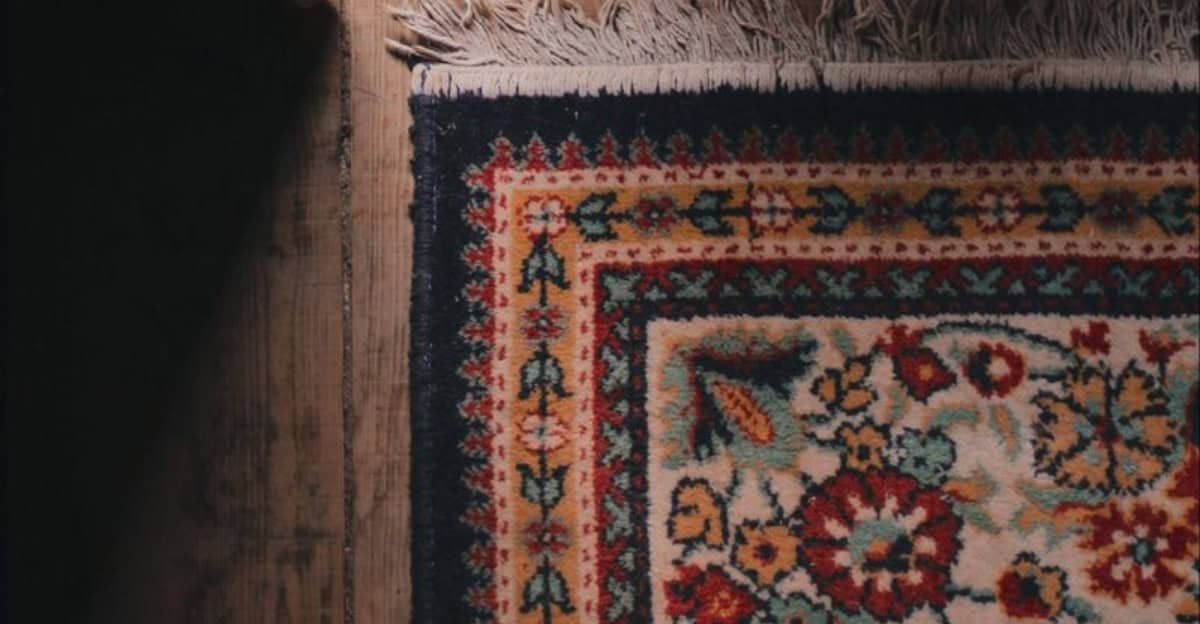Your home should be a safe haven, free from harmful substances. However, many everyday items can pose significant health risks.
Let’s explore 7 toxic materials commonly found in homes that you should promptly discard to maintain a healthier living environment.
1. Asbestos Tiles
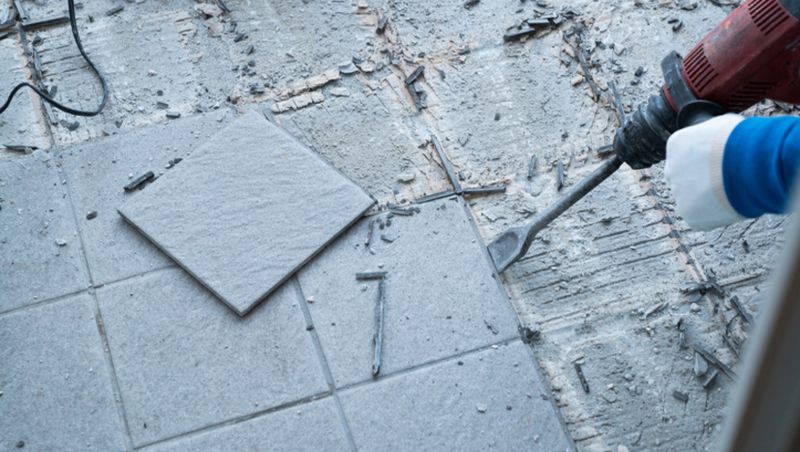
Asbestos, once hailed as a miracle material for its fire-resistant properties, is now known to be a serious health hazard. Found in older homes, asbestos tiles can release fibers when damaged, posing risks of lung diseases.
If you suspect asbestos in your flooring, it’s best to leave it undisturbed and consult a professional for safe removal. Avoid DIY solutions, as improper handling can increase exposure.
By removing these tiles, you’re safeguarding your family from potential respiratory issues and contributing to a much healthier home environment.
2. Lead-based Paint
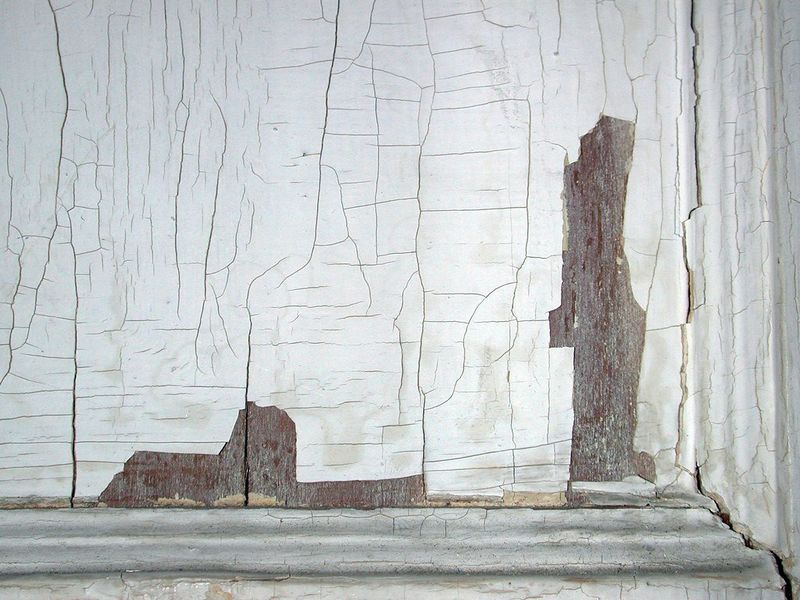
Lead-based paint, commonly used in homes built before 1978, is a hidden danger lurking beneath your walls. When it chips or peels, it can create hazardous dust, particularly harmful to children.
Exposure to lead dust can lead to developmental issues and other health problems. It’s crucial to address this issue by hiring certified professionals to safely remove or encapsulate the paint.
Ensuring your home is lead-free not only protects your loved ones but also increases the property value and safety of your living space.
3. Mothballs
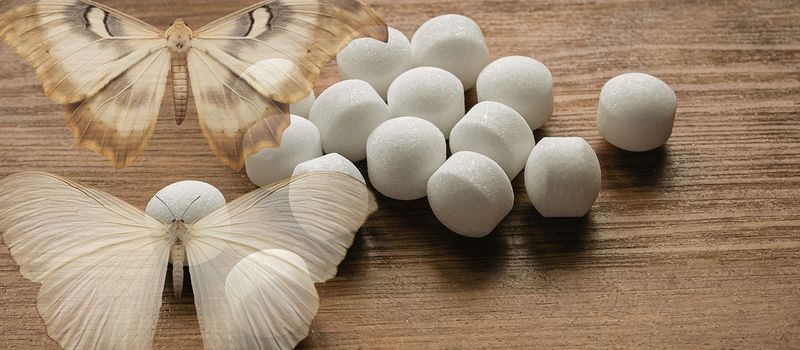
Mothballs, often used to protect clothing, release toxic vapors containing naphthalene or paradichlorobenzene. These chemicals can cause respiratory issues and are especially harmful to children and pets.
The pungent smell is not just unpleasant but also a sign of the chemicals in the air. Opt for safer alternatives like cedar chips or lavender sachets to keep moths away.
Removing mothballs from your home makes your environment safer and leaves your clothes with a fresher, more natural scent.
4. Non-stick Cookware
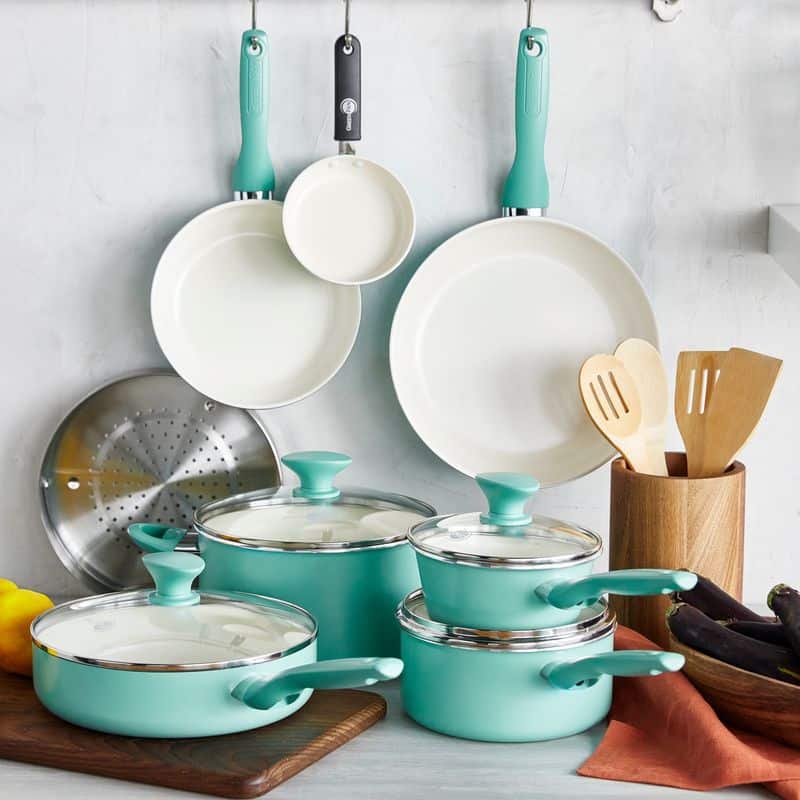
Non-stick cookware, praised for its convenience, can release toxic fumes when overheated. These fumes, known as perfluorinated compounds, are linked to various health issues.
While newer products are made to be safer, older pans can still pose risks. Consider replacing them with safer alternatives like stainless steel or cast iron.
Updating your cookware not only enhances your kitchen’s safety but also improves the quality of your meals, ensuring a healthier lifestyle.
5. Air Fresheners
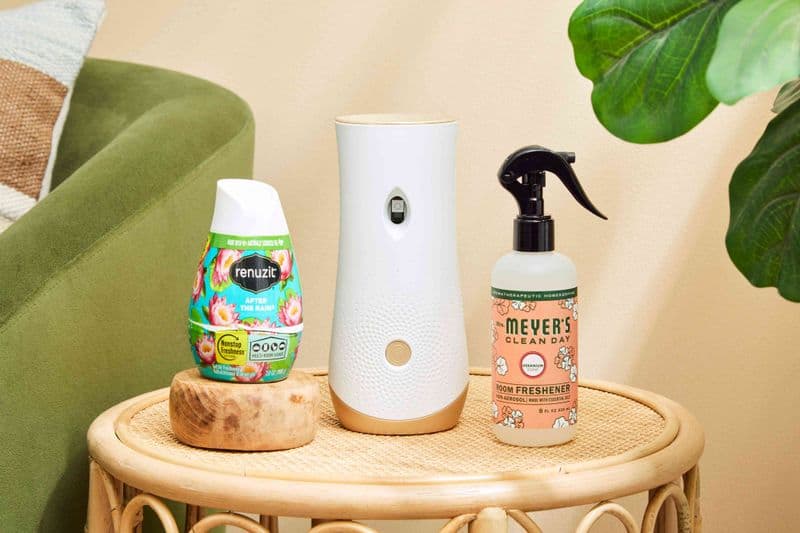
Air fresheners, designed to mask odors, often contain harmful chemicals like phthalates and formaldehyde. These substances can contribute to respiratory problems and allergies.
Instead of masking smells, try natural solutions like essential oils or houseplants to improve your indoor air quality.
Eliminating synthetic air fresheners increases the safety of your home environment and provides a more authentic freshness to your space.
6. Antibacterial Soaps
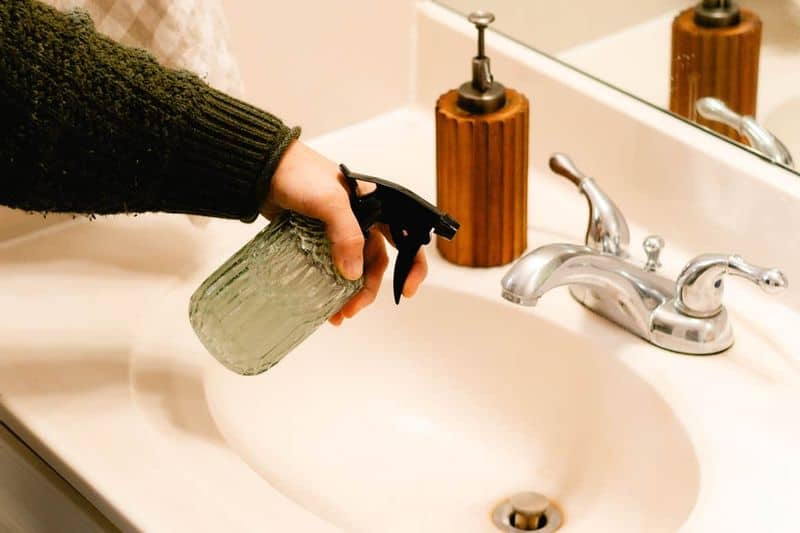
Antibacterial soaps, once popular for their germ-killing promises, often contain triclosan. This chemical may contribute to antibiotic resistance and disrupt hormones.
Regular soap and water are just as effective for cleaning hands without these risks. Consider switching to natural or organic options for peace of mind.
Removing antibacterial soaps from your routine supports better health practices and reduces unnecessary chemical exposure.
7. Old Carpets
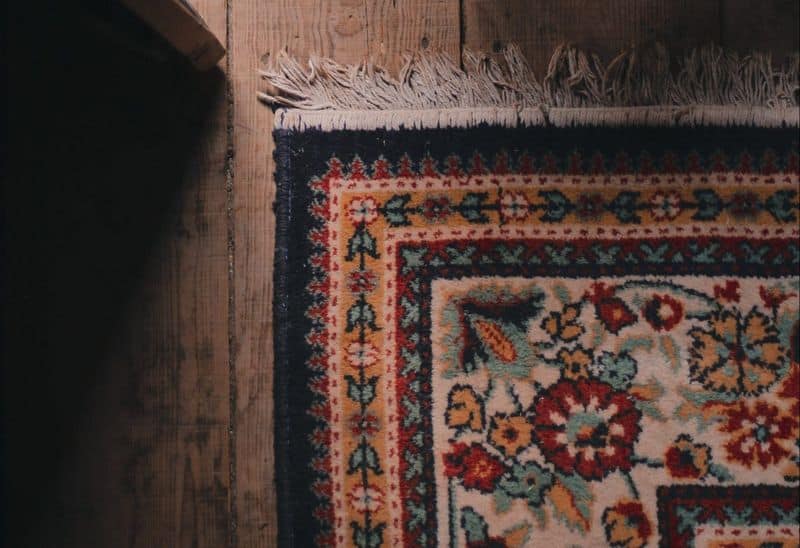
Old carpets can harbor dust mites, mold, and various allergens, compromising indoor air quality. Over time, they also trap harmful chemicals from cleaning products.
Regular cleaning may not be enough to address these hidden dangers. Replacing old carpets with hardwood floors or eco-friendly alternatives can significantly improve health.
This upgrade not only enhances your home’s aesthetic but also ensures a safer, more breathable environment for your family.

